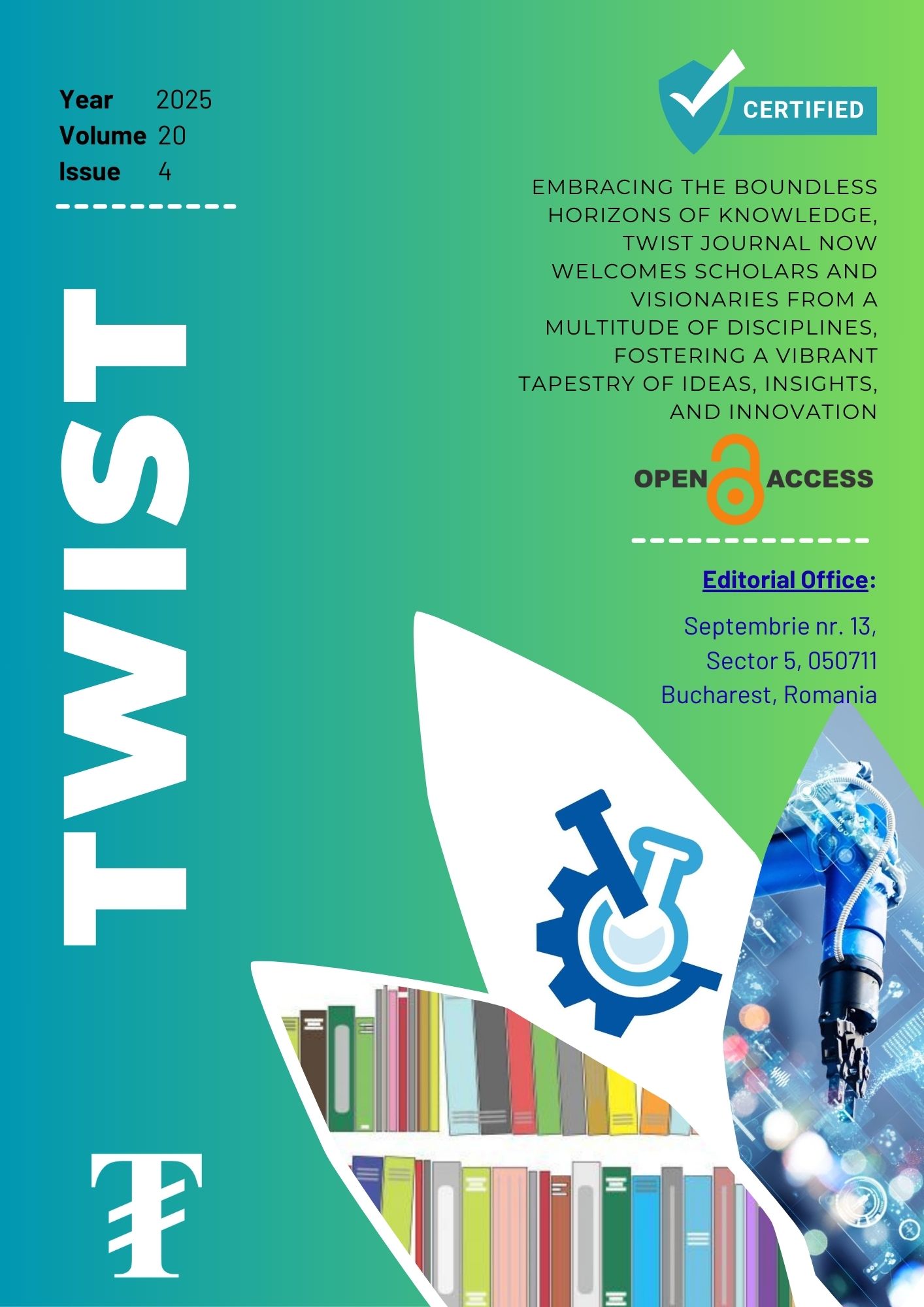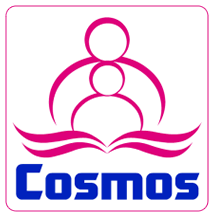Curved Arrow Learning Model in Penetrating Reality and Internalizing Faith and Moral Values in Catholic Religious Education at the Junior High School Level in Tanah Karo
Keywords:
Curved Arrow, Reality Penetration, Internalization, ValuesAbstract
This research aims to develop and evaluate the effectiveness of the "Curved Arrow" learning model in Catholic Religious Education (CRE) at Junior High School (JHS) level. The study, conducted in Kabanjahe, North Sumatra, employed a research and development approach with a qualitative method. Two JHS, namely Santo Xaverius 1 and Xaverius II, were chosen as research samples using a random sampling technique. The primary goal was to assess the impact of the Curved Arrow model on students' understanding, penetration of reality, and internalization of faith and moral values. The model, involving educators as facilitators, demonstrated positive effects on character and moral development. Key learning stages, such as presubposition, exploration, analysis, novelty, value mapping, restructuring, and promulgation, significantly contributed to conceptual understanding and critical thinking. The results indicated that the Curved Arrow model successfully internalized values and positively influenced Catholic Religious Education. In conclusion, this model significantly impacted the learning process and faith and moral development at Santo Xaverius I and II JHS in Kabanjahe. Recommendations include implementing the Curved Arrow model in specific subjects, particularly Religious Education, and exploring its adaptation to other subjects beyond Catholic Religious Education.
Downloads
Downloads
Published
Issue
Section
License
Copyright (c) 2024 TWIST

This work is licensed under a Creative Commons Attribution-NonCommercial-ShareAlike 4.0 International License.











